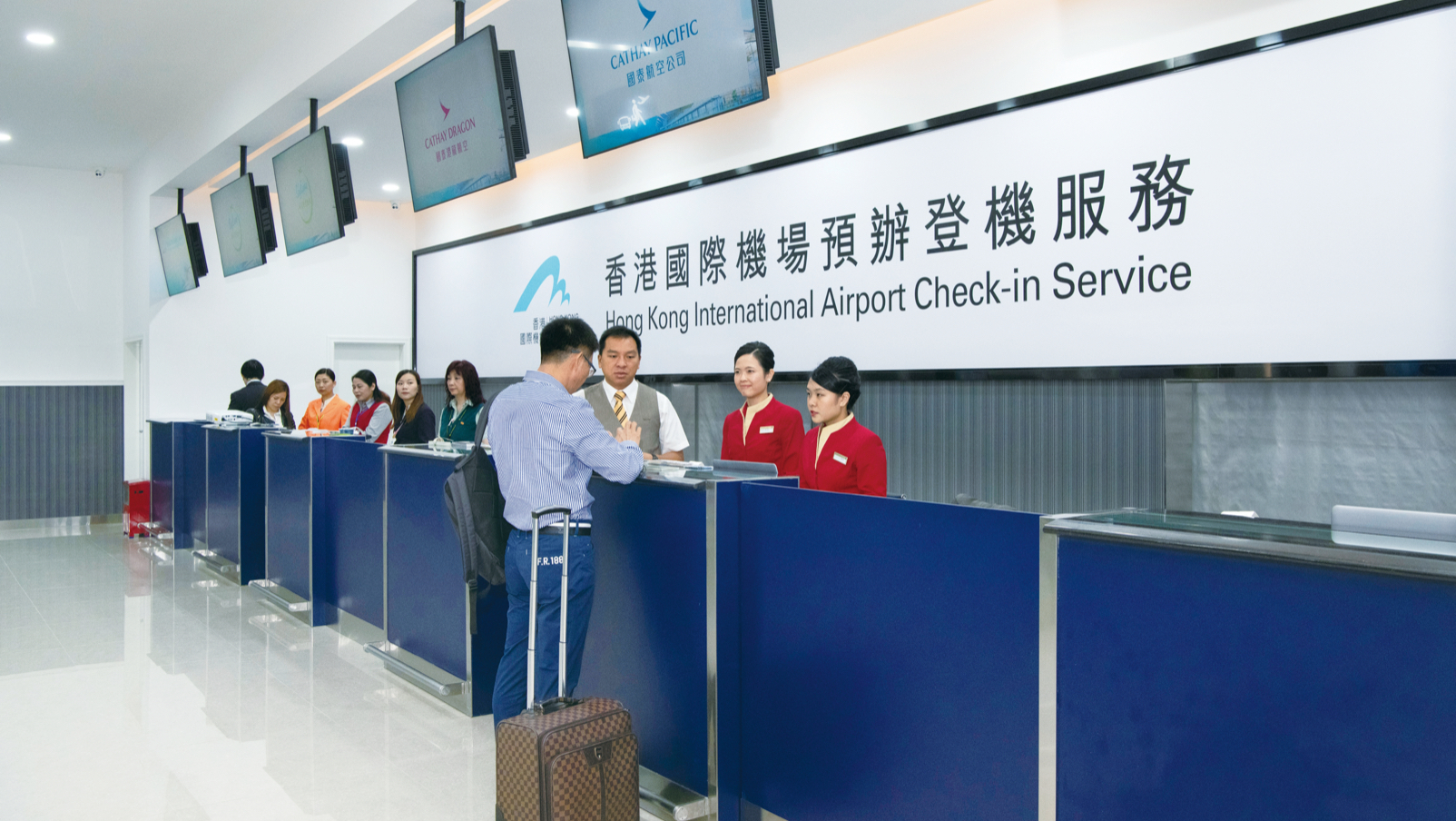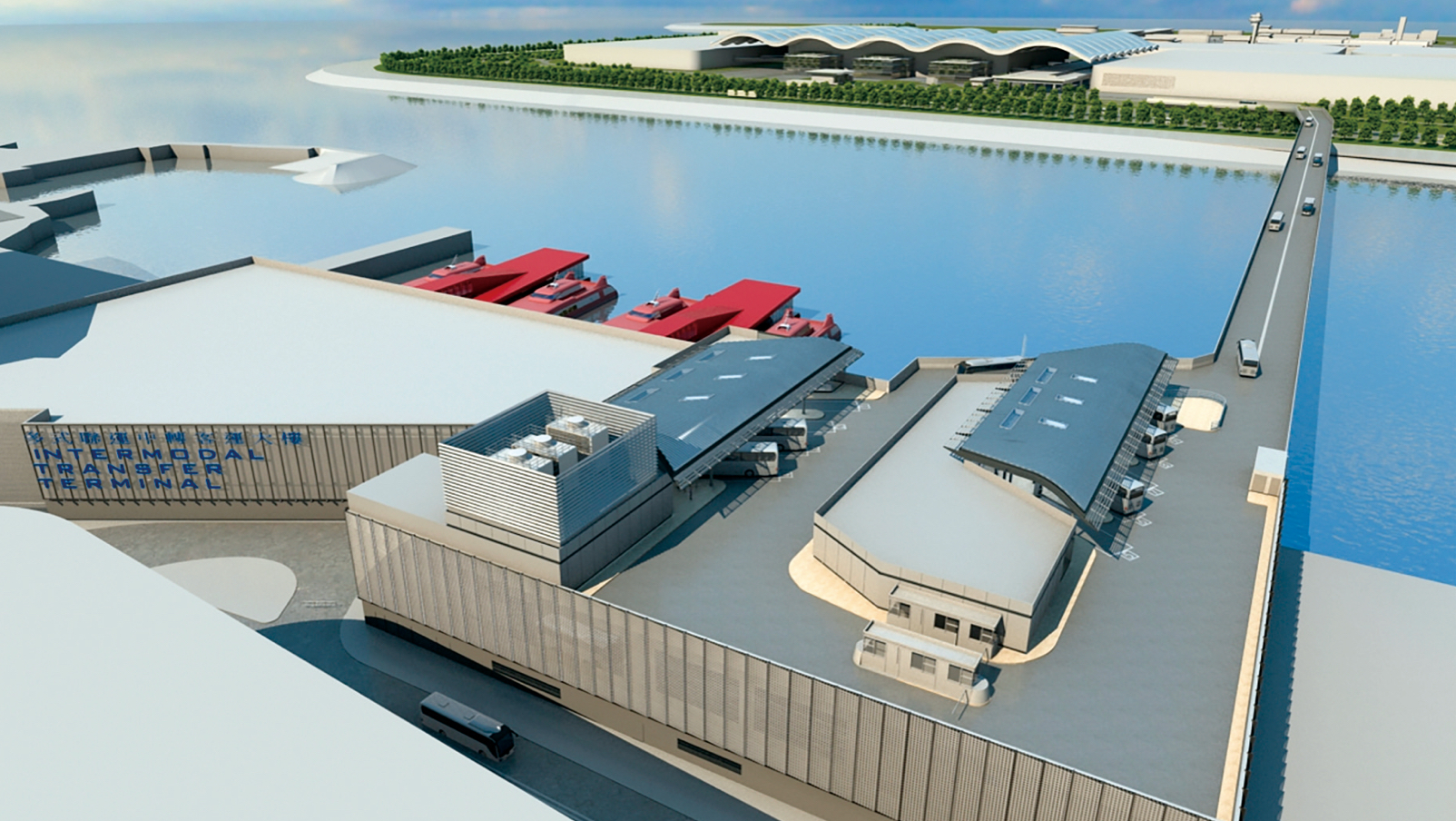Economic Contribution
HKIA is an international and regional aviation hub that plays a key role in positioning the city as a global financial, tourism and logistics hub. To further increase our contribution to the development of Hong Kong and the GBA, HKIA is transforming from a city airport into an Airport City to further consolidate its status as an international aviation hub.
Economic contribution of HKIA
HKIA generates substantial economic value for Hong Kong through aviation services and non-aviation businesses, which operate at the airport and generate employment and income. HKIA also has a catalytic impact on Hong Kong’s four pillar industries – financial services, trading and logistics, tourism, and producer and professional services – all of which rely heavily upon the efficient movement of people and goods made through the airport’s regional and international networks.
We make reference to several indicators to benchmark HKIA’s economic contribution. These include employment opportunities created at HKIA, payments made to local suppliers, and the number of multinational corporations with regional headquarters or offices in Hong Kong.
Employment at HKIA1
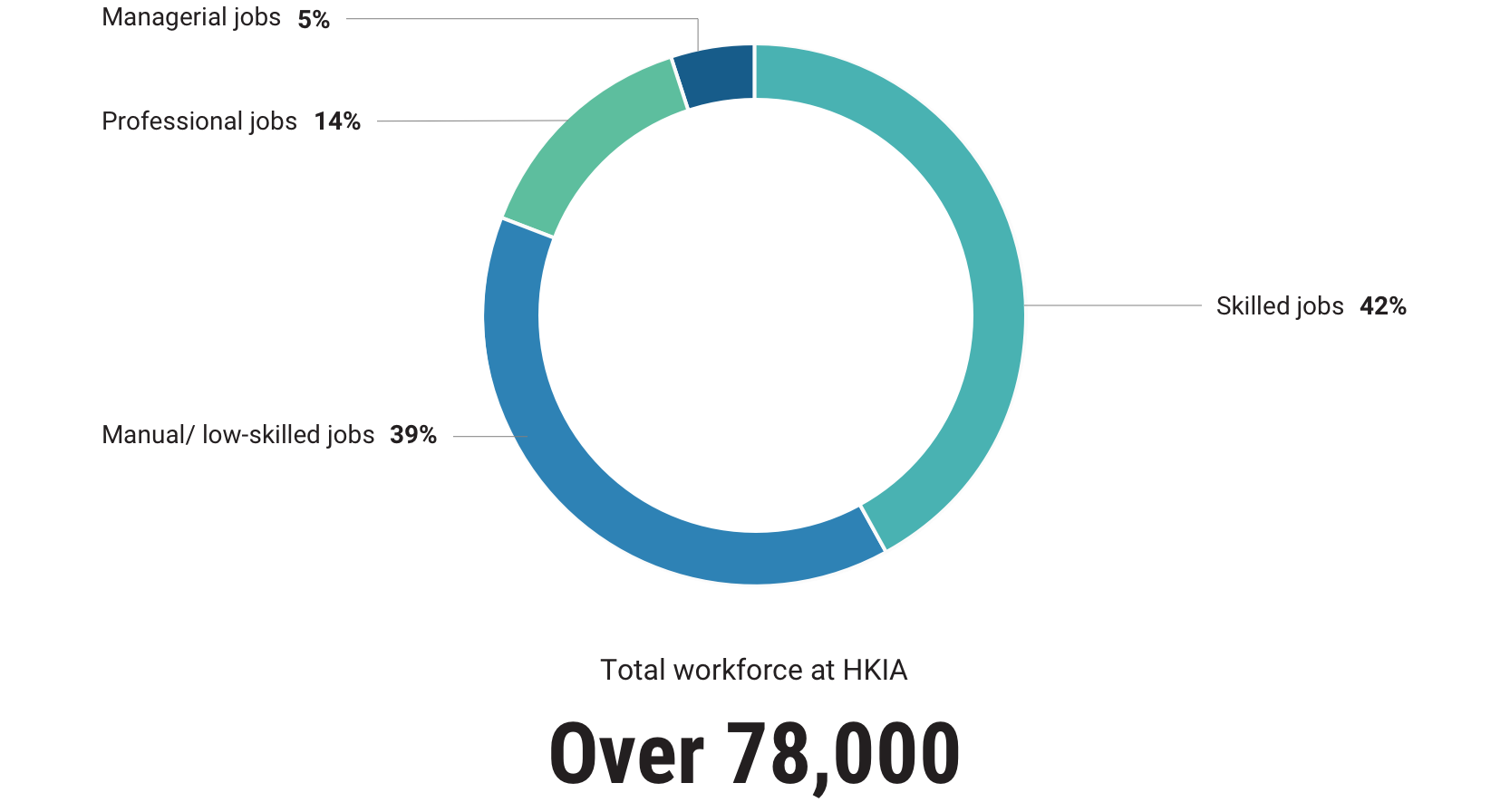
1Source: HKIA Workforce Survey 2019. The analysis of the HKIA workforce by job category represents 83.5% (355 out of 425) of the companies responding to the 2019 Survey.
Procurement for daily operation in 2018/19
Spend profile by type
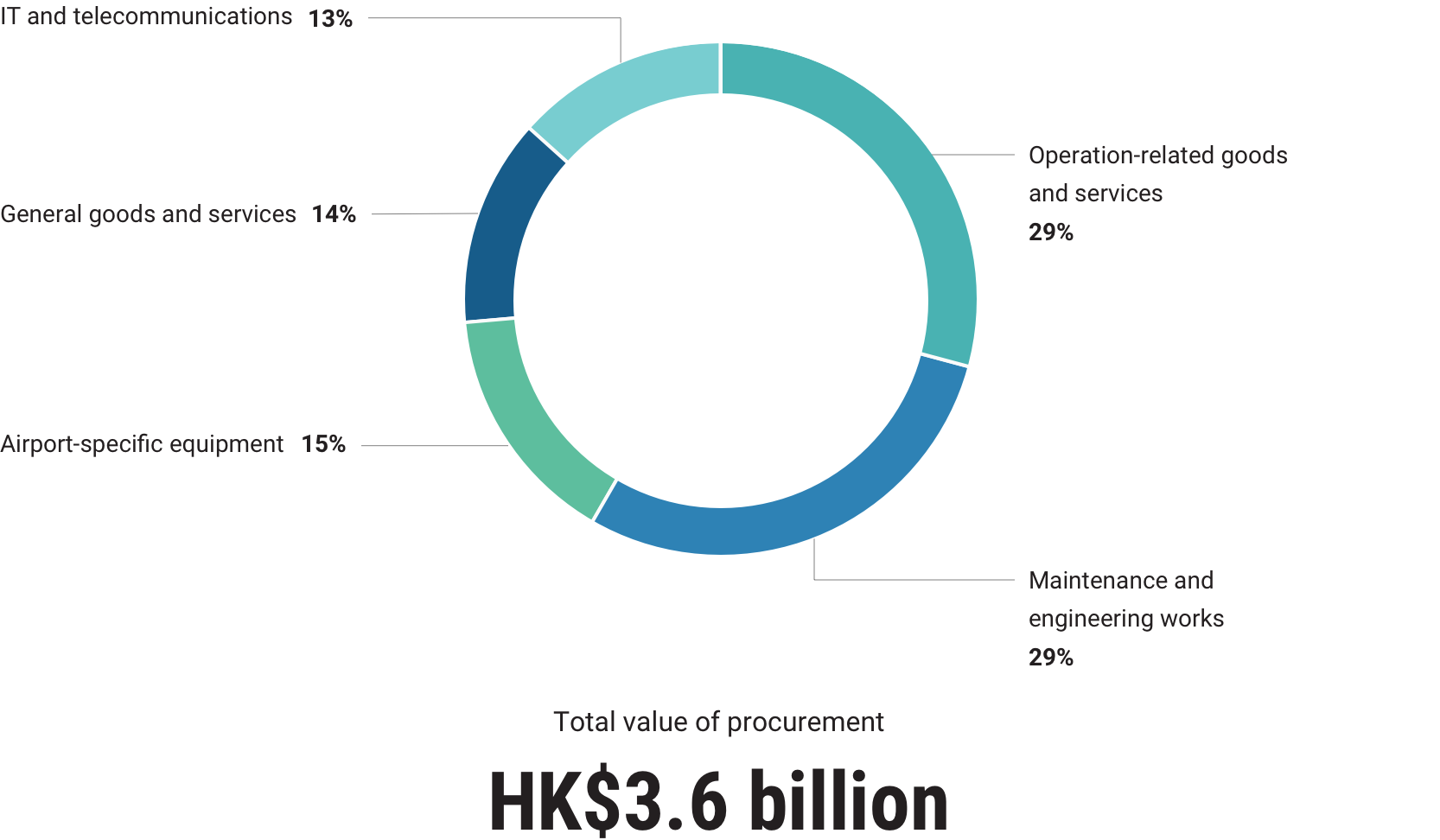
Spend profile by geographical location of suppliers
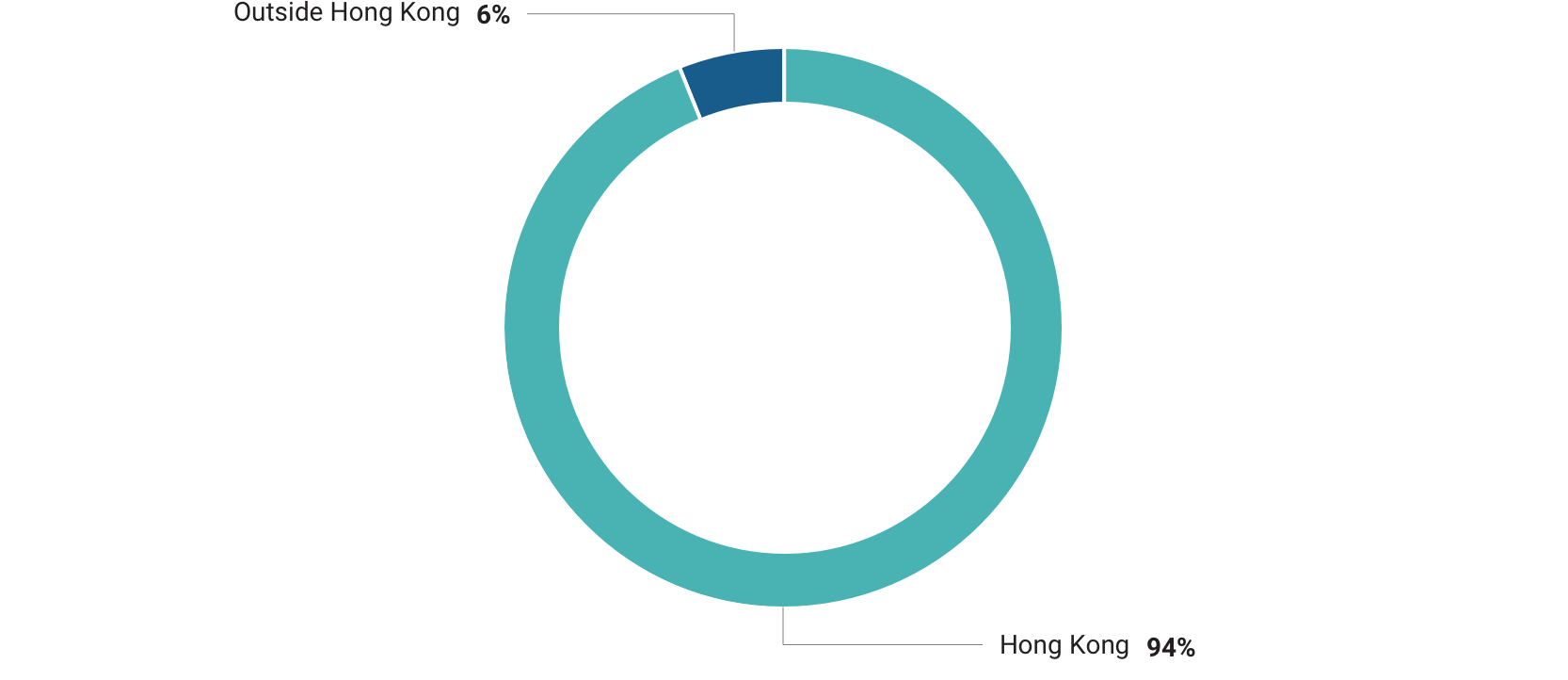
Procurement for development projects in 2018/19
Spend profile by type
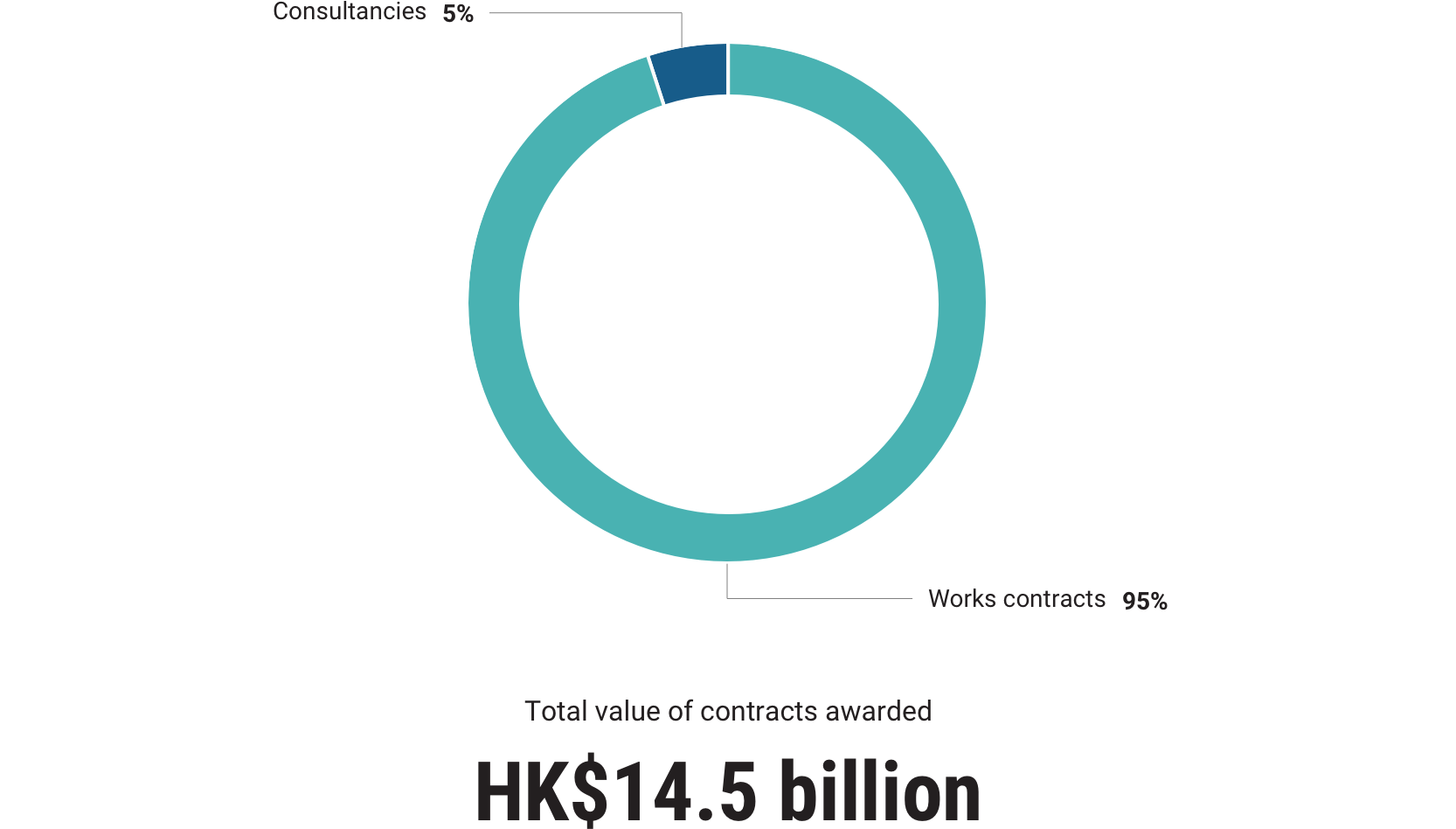
Spend profile by geographical location of suppliers2

2Percentages are rounded to the nearest integer.
Supporting Hong Kong’s economic pillars (2017 data)3
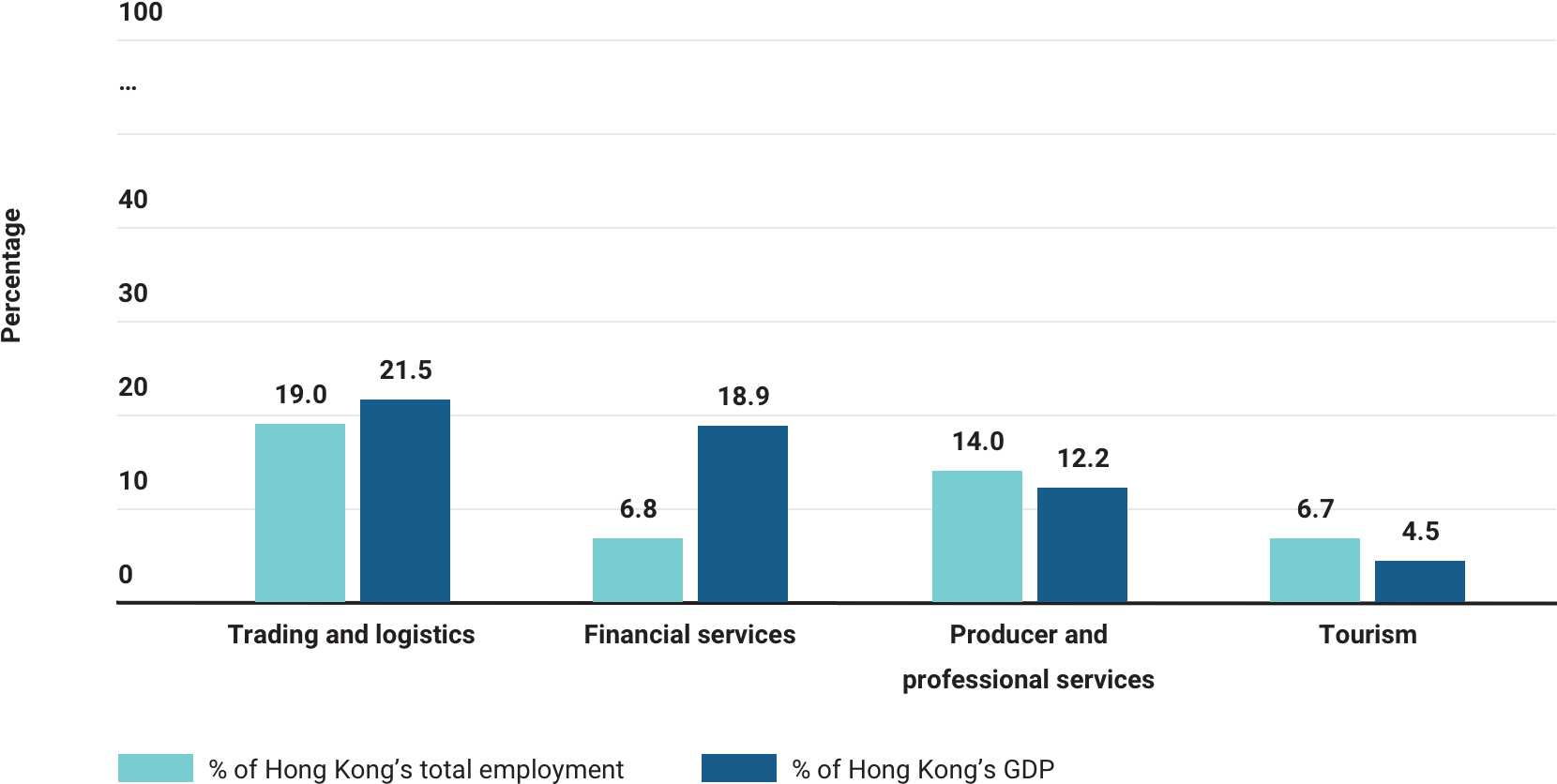
3Source: 2017 data, Census and Statistics Department, HKSAR Government
Supporting external trade (2018 data)4
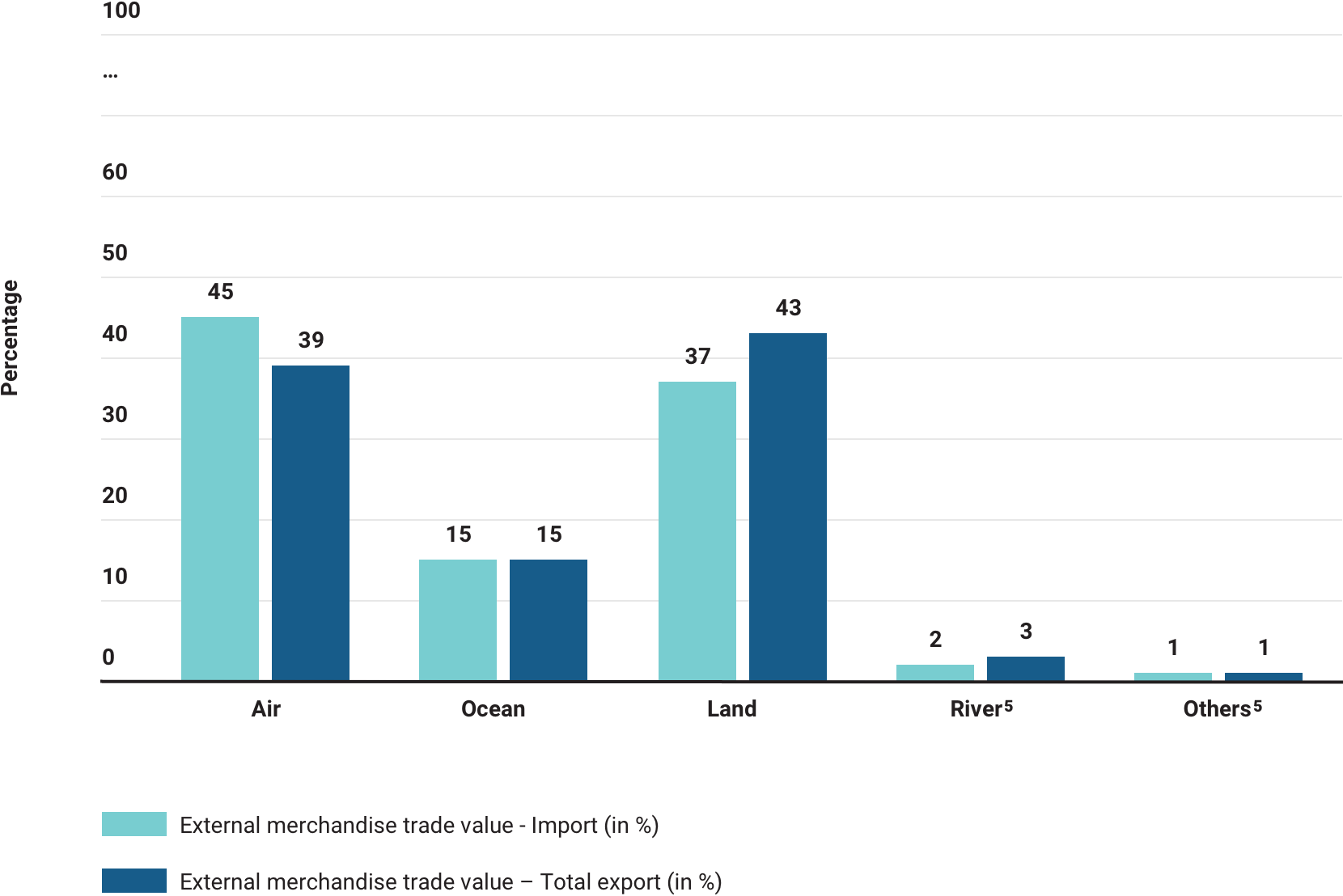
4Source: 2018 data, Hong Kong's External Merchandise Trade Statistics, Census and Statistics Department, HKSAR Government
5“River” refers to transport by vessels in waters in the vicinity of Hong Kong, the Pearl River and other inland waterways in Guangdong Province and Guangxi Autonomous Region, which are accessible from waters in the vicinity of Hong Kong. “Others” include trade by hand-carried and parcel post.
Attracting foreign businesses (2018 data)6
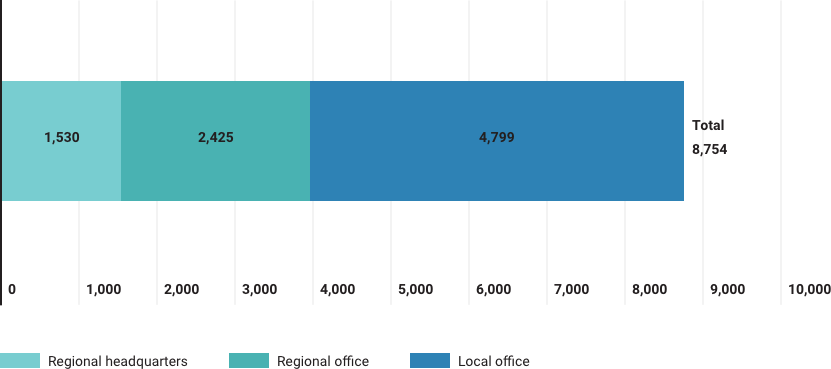
6Source: ‘Report on 2018 Annual Survey of Companies in Hong Kong Representing Parent Companies Located outside Hong Kong’, Census and Statistics Department, HKSAR Government
Connectivity
Designated as an international aviation hub in the Outline Development Plan for the Guangdong-Hong Kong-Macao Greater Bay Area, HKIA is strengthening its global air network and connectivity in the GBA to reinforce its hub status and associated functions.
i. Air connectivity
Hong Kong is connected to over 220 destinations worldwide by over 120 airlines. In 2018/19, five new airlines began serving HKIA. The full list of destinations and airlines can be found in our Annual Report 2018/19.
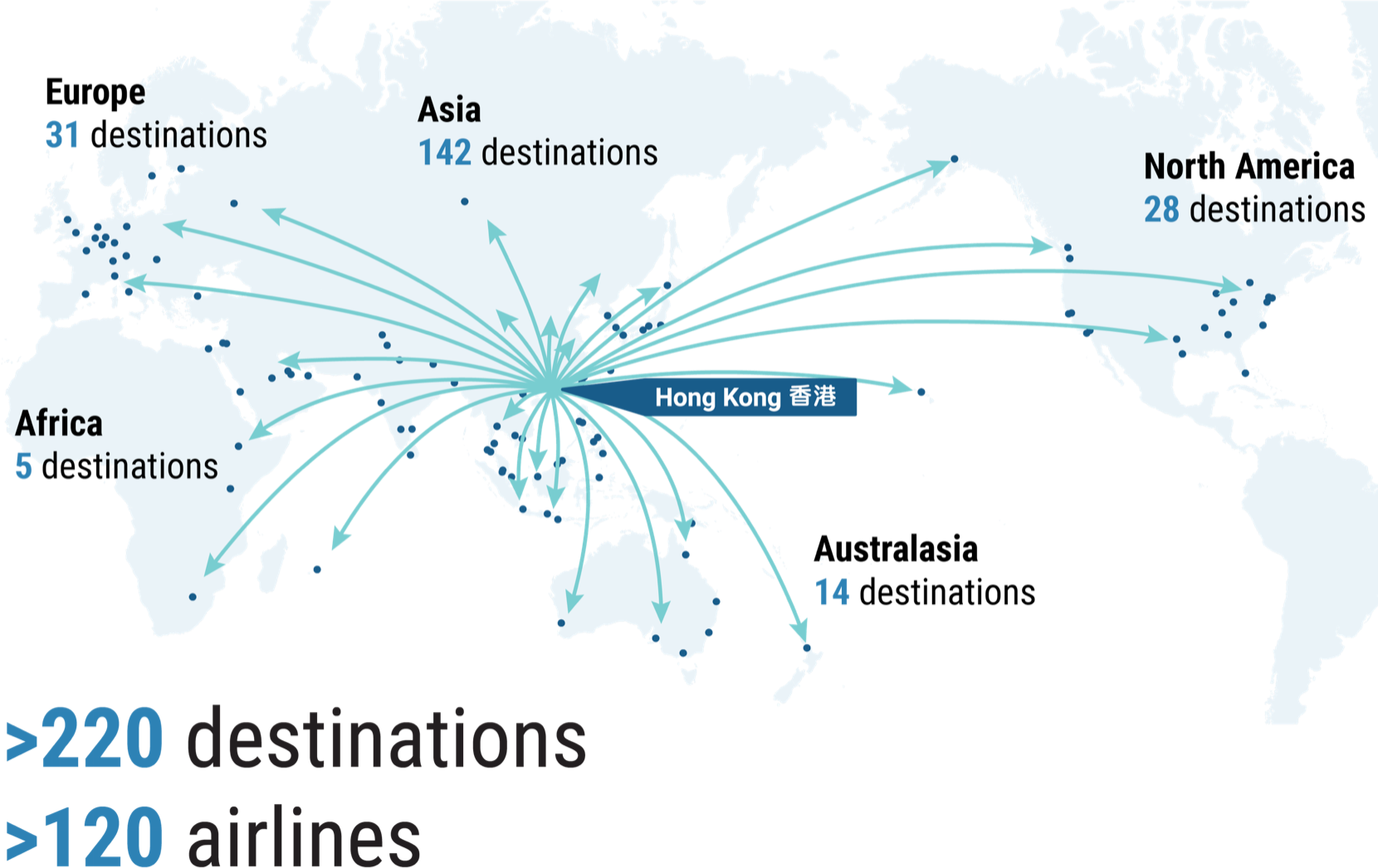
ii. Cross-boundary connectivity
HKIA offers a variety of land and sea connections to cities throughout the GBA. We continue to enhance our cross-boundary connectivity with the GBA to provide passengers with greater choice and more options. The Hong Kong-Zhuhai-Macao Bridge (HZMB) has reduced travel time to the western Pearl River Delta from 4 hours to about 45 minutes.
In 2018/19, 4.4 million passengers utilised our cross-boundary transport services. We expanded our network of city terminals throughout the GBA, including Zhuhai, Jiangmen, Zhongshan, Kaiping and Guangzhou. Our upstream check-in (UCI) service is available in 19 locations. UCI allows passengers to check-in at ferry ports and city terminals in the GBA prior to boarding a coach or ferry directly to HKIA for their flight. Passengers could also enjoy the simplified booking of travel between HKIA and other destinations in the GBA with cross-boundary ferry and flight bundled in one single ticket available through airlines and travel agents.
To capitalise on the reduced journey time made possible by the HZMB, we are building an Intermodal Transfer Terminal (ITT) adjacent to SkyPier to connect HKIA to the HKBCF through a bonded vehicular bridge. Scheduled for completion in 2022, the ITT will eliminate the need for air passengers transiting through the HZMB to clear immigration in Hong Kong. The statutory Environmental Impact Assessment for the vehicular bridge has been completed and the Environmental Permit was issued in August 2018. Construction of the ITT building started in December 2018 and the bonded vehicular bridge will commence in 2020.
Cargo leadership
HKIA remained the world’s busiest cargo airport for the ninth consecutive year, handling 5.06 million tonnes of cargo and airmail in 2018/19. We provide efficient and reliable cargo services supporting the development of Hong Kong and the GBA’s logistics industry. To maintain our leadership position, we are focusing on the opportunities in the fast-growing high-value cargo and e-commerce sectors. As such, we have been increasing our capabilities in handling these types of cargo, such as express packages, temperature-sensitive pharmaceuticals and perishables.
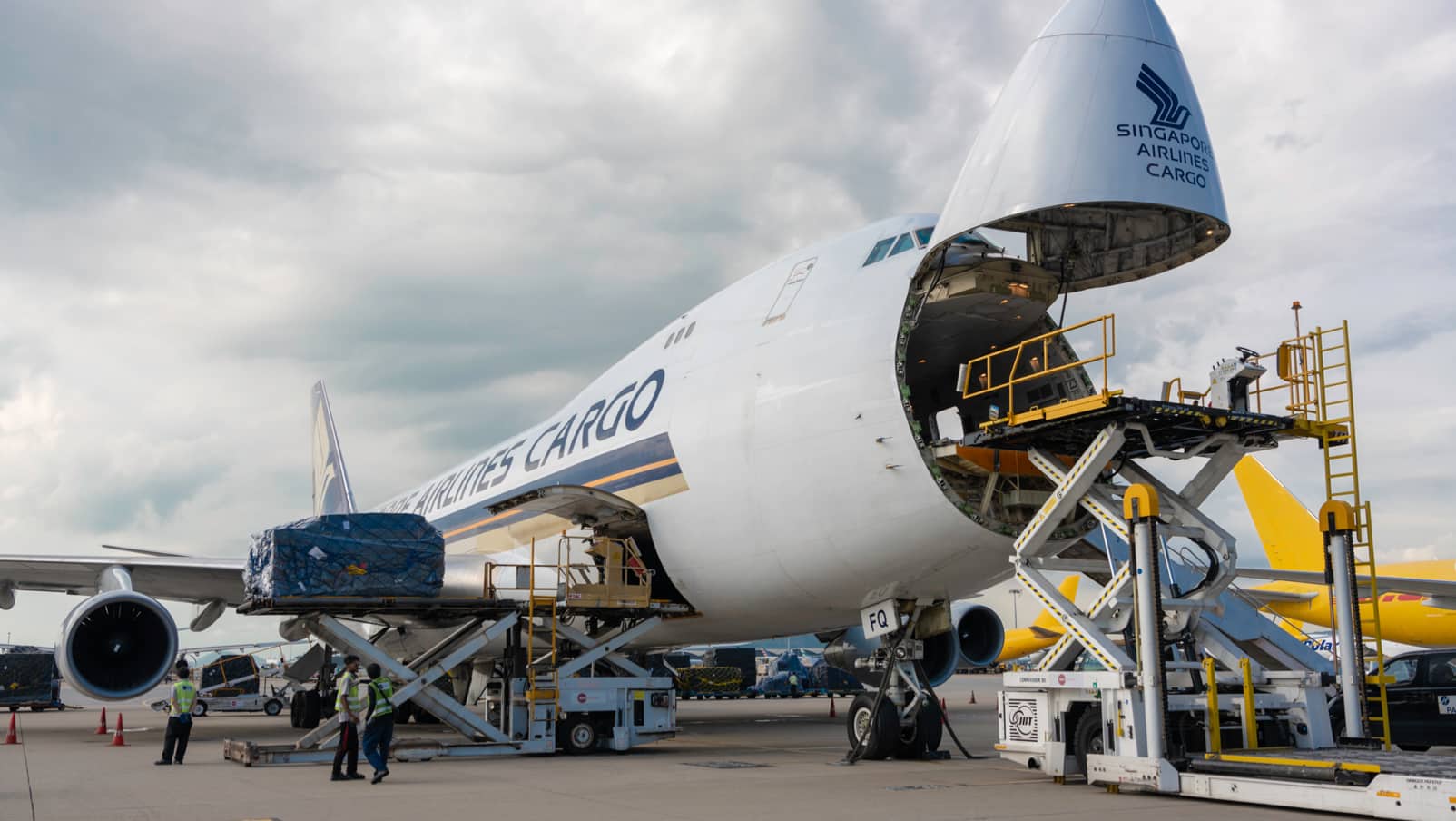
i. High-value cargo
High-value cargo represents one of the industry’s fastest growing categories. Building upon our accreditation as a Partner Airport in the International Air Transport Association (IATA)’s Center of Excellence for Independent Validators in Pharmaceutical Logistics (CEIV Pharma) programme last year, HKIA worked closely with two cargo terminals and a home-based airline to become the first airport community to be recognised as a Partner Airport of IATA’s Centre of Excellence for Perishable Logistics (CEIV Fresh). The certification recognises HKIA’s capability in the transportation and handling of perishable cargo, such as live seafood, fruits and vegetables, and frozen meat, in a stringent temperature-controlled process.
To mitigate the risk of temperature excursion on the apron, we are building apron shelters to protect temperature-controlled shipments from direct exposure to weather elements.
Furthermore, HKIA also launched its first airport-to-airport ‘cold chain’ pharma corridor with Brussels Airport in January 2019. In partnership with Pharma.Aero, the pharma corridor connects the two airports and industry stakeholders, such as airlines, cargo terminals and ramp handling operators, in ensuring pharmaceutical shipments transported along the corridor are handled in strict compliance with IATA’s CEIV Pharma standard. In the coming years, we aim to expand the ‘cold-chain corridor’ model to other airports to provide an end-to-end solution for temperature-controlled transportation of pharmaceuticals for our customers.
ii. E-commerce market
In June 2018, the development and management rights for a premium logistics centre was awarded to a joint venture led by Cainiao Network, the logistics arm of Alibaba Group. Situated on a 5.3-hectare plot, the 380,000 m2 facility at Kwo Lo Wan in the South Cargo Precinct of HKIA will be Hong Kong’s third largest warehouse when it commences operation in 2023.
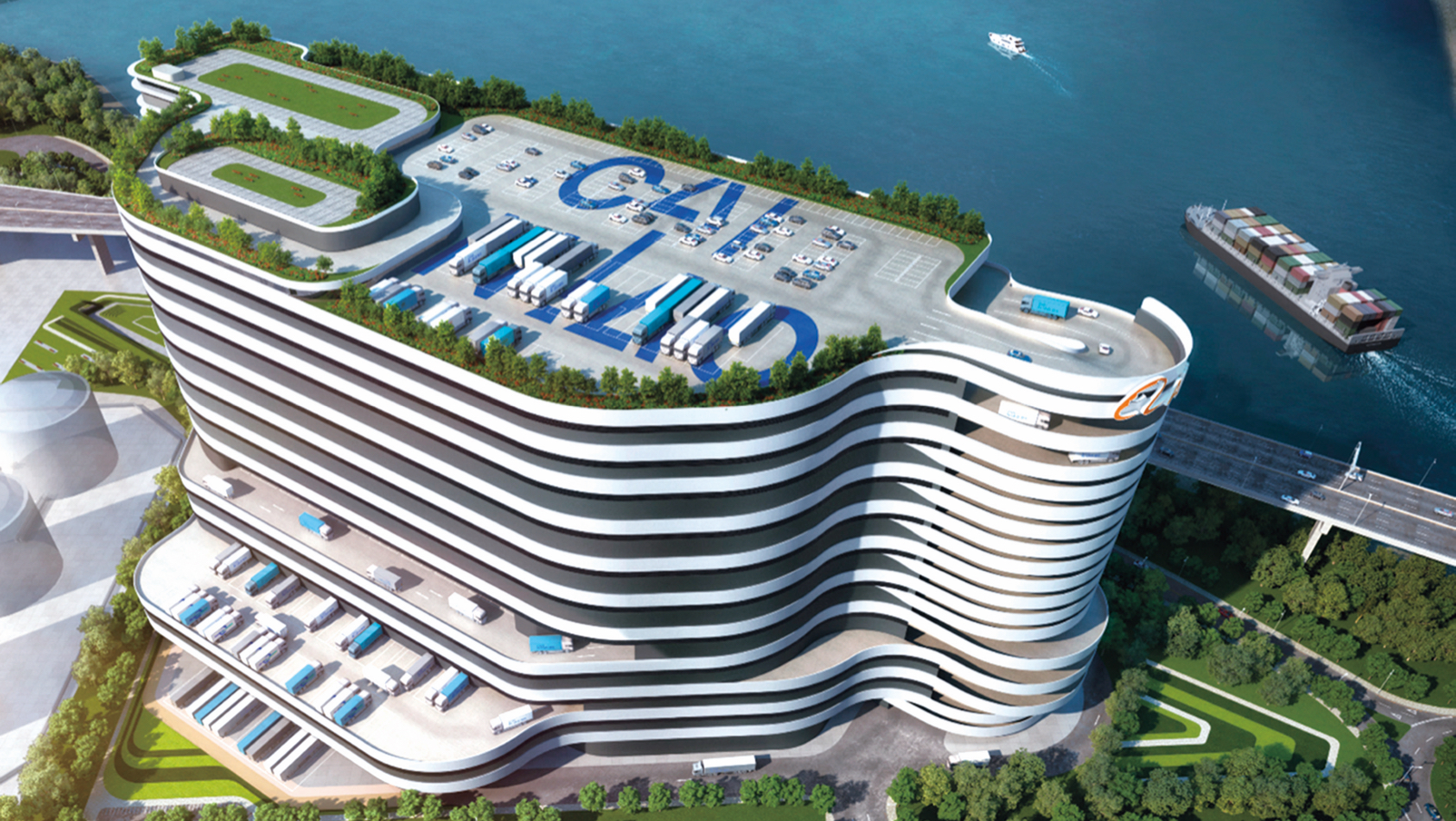
iii. Transshipment
To support intermodal transshipments in the GBA, we are examining the feasibility of building an intermodal air cargo handling facility at the new airside Eastern Support Area of the Three-runway System. The facility will support sea-to-air transshipment to and from the GBA.
